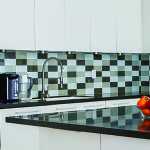Sometimes it’s the most utilized parts of the house that get the least amount of attention, or at least forethought. Staircases take you from floor to floor, but in well-designed homes they can be so much more. They help create a dramatic entrance or blend perfectly into the design scheme.
One false move with the measuring tape and that crucial part of your house can be a sore sight for those with exacting eyes or even worse, a creaky nuisance.
“Stair building is really a precise craft,” says Steven Lang, who has been creating custom wood stairs, railings, turnings, and millwork for 25 years. “It’s got to be right or it’s wrong. It looks good or it looks sloppy.”
He has seen jobs where there are crooked posts, railings that are not level, posts that are not squared up correctly. “If you walk in a house you can see if a post is square with the staircase,” he says.
“Sheetrock and framing — you can be off a little and then cover it up. Stairs, railing and cabinetry, there’s no covering up.”
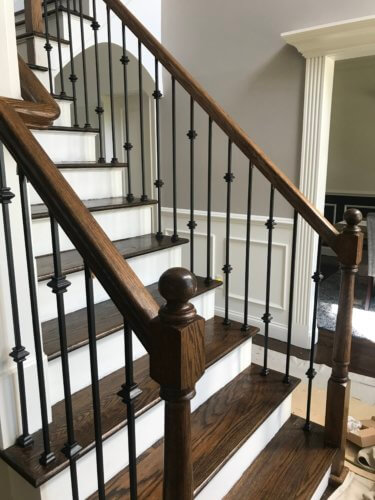
“A lot of jobs are filled with putty or shims,” he says, adding putty shouldn’t be allowed on a job. “The cuts are not exactly perfect — this is not a piece of Sheetrock,” he says. “You start finding other things that are not neat. It’s a domino effect. What else is off?”
Lang always had an interest in carpentry, having done woodworking projects with his father and working with an uncle as a teenager. After six years in the Navy, he joined the carpenter’s union and later started his own company, Carpentry by Steven, that did general work. He exudes the look of an old-school carpenter right down to his denim overalls.
He came to realize he has a knack for wood stairs and railings. It came naturally to him. He enjoys the precision it requires.
“Like a doctor, a doctor’s a general, then you get a specialist,” he says, though he is one of the few carpenters working on Long Island that specialize in stairs.
Though he worked for a stair-building company on Long Island he eventually went out on his own, creating his own specialty business, Lang Stair & Rail Inc., in 2007. Lang oversees all of the building and installation, while his wife of 42 years, Susan Lang, who handles the bookkeeping and accounting.
Lang likes to come into a building project as early as possible, even before the house is framed so he can see
what the customer is hoping for ahead of time.
A lot of times, people try to “throw a staircase in there,” he explains. “A lot of times I’m pushed to the end of the job. Then it works, but it doesn’t look right with the whole aspect of the project.”
The best results come when designers and architects want “that perfect staircase” to fit in with the space.
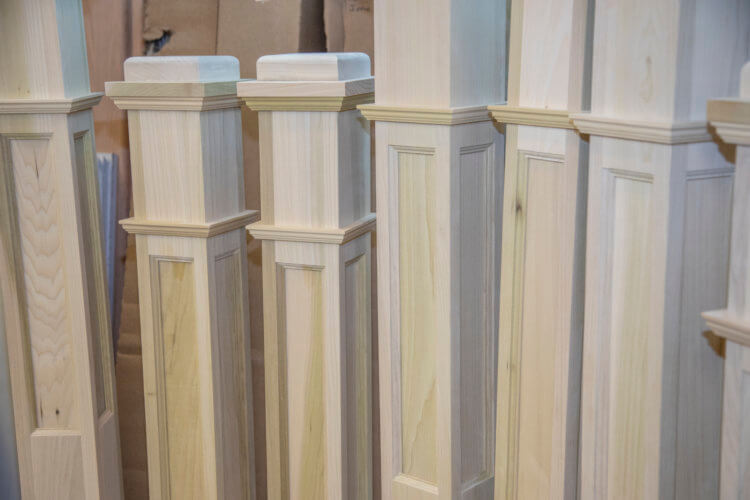
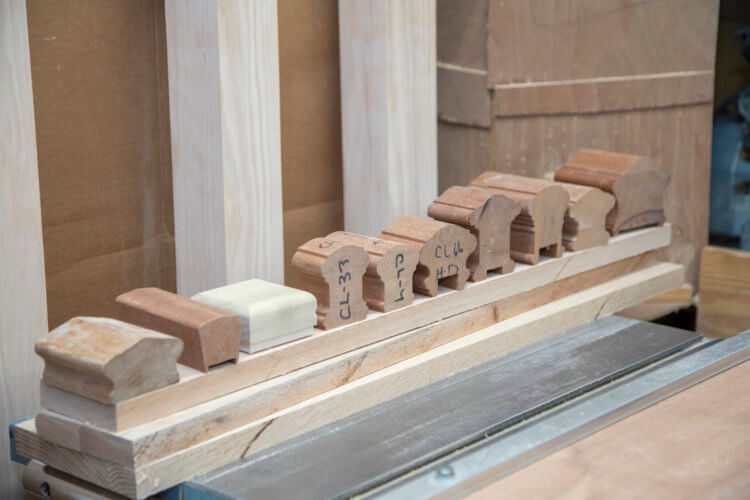
“They want it to be part of the entryway, not just stairs to a second floor. I’m there when the plans are being
presented to the homeowner so they can make the changes before the house gets framed.”
Lang works a lot with homeowners one on one, showing them samples of posts and rails.
“We pick the posts that fit the space,” he says. “You really don’t want a post too big or too small. You want
something to complement the area.”
There is a lot to consider, after all.
Stairs are all custom made. “No one staircase can fit into another space,” Lang explains. “I can’t take
a staircase to other jobs and think it’s going to fit.
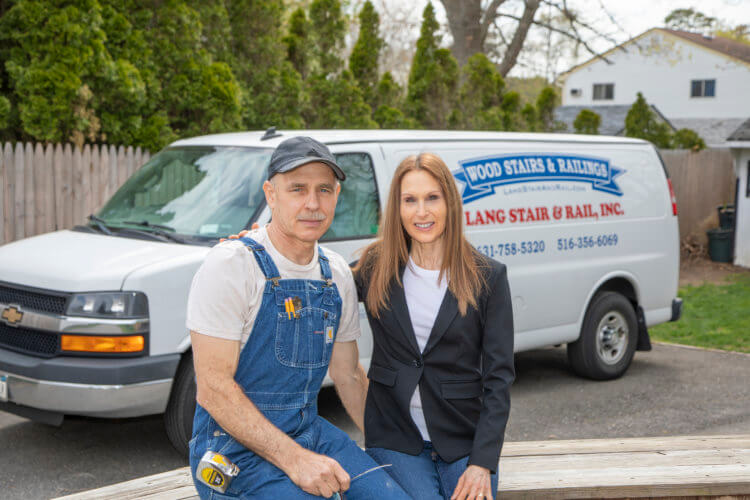
Widths are always different and the first floor to the second floor are always different. Dimensions and
heights are always different.”
It is a technical job with strict state and local municipal code requirements from rail heights to widths and the height of each step.
“A lot of measurements have to be taken,” Lang adds, The key, he says, is to have a vision of the final product. “You have to see the vision of the end result of how the railing is going to look and then you work backwards to the stair. You don’t build the stair and make the railing fit. You want to see the vision with the finished railing.”
About 90% of his work are wood posts, but Lang also works with metal posts, though they are less in style now. The post, also called a newel, is the vertical structure that connects the stair to the railing system.
There are eight different styles of railing from which to choose. “The hottest thing” right now are white square balusters, he says. Metal, usually satin black, is also popular.
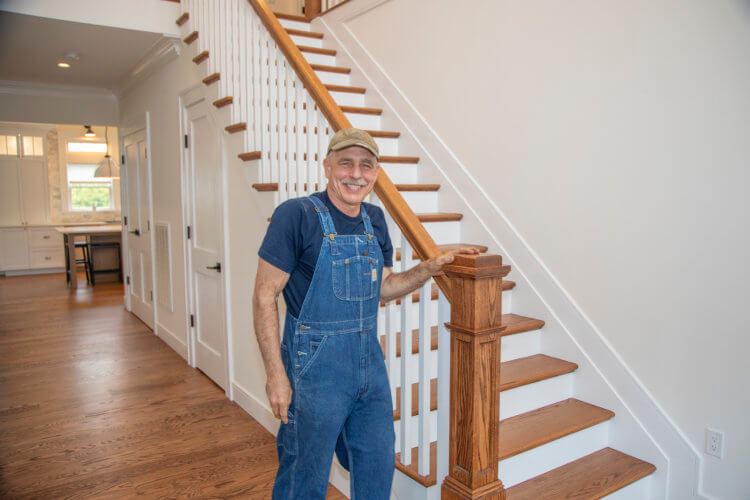
There are different profiles too, from rectangle to oval. “Some are very contemporary and modern,” he says. “Squares and rounds and ovals to very traditional, almost Victorian types of railings with details on it.”
Lang also takes into consideration the right handrail to fit people’s hands. “All these different profiles have to have that comfortability because everyone uses a handrail,” Lang says.
And we haven’t even gotten to the type of wood yet. There’s red oak, white oak, maple, mahogany, Brazilian cherries. Then there’s the finish.
In the Hamptons, there are sometimes older homes where the restoration of stairs is necessary. Lead is a concern and has to be removed first before Lang can work on the project. More often he ends up duplicating
a vintage railing.
“Sometimes the stairs are in such a bad condition that it’s a safety issue,” he says.
Lang pre-fabricates most of the stairs in his shop in Medford, but does the final assembly on site. “It’s better if it’s done that way so it can fit the space a little bit better,” he says.
Out in the Hamptons, the projects, of course, tend to be bigger, but the craftsmanship is always the same no matter the size of the job. “It’s all about how the product fits in the house. If I’m working on a $300,000 house or a $3 million house, the product still has to fit right, it’s just a larger scale.”
Lang stresses the importance of fine tuning the design. “Whether I’m working UpIsland or out in the Hamptons, you’ve got to get the design right,” he says.
Of his client, Lang says. “If you’re not happy with what’s going on then I shouldn’t be here.”
“I like smiling faces as I’m leaving,” he adds.
This article appeared in the Memorial Day 2021 issue of Behind The Hedges. Click here to read the digital version.


